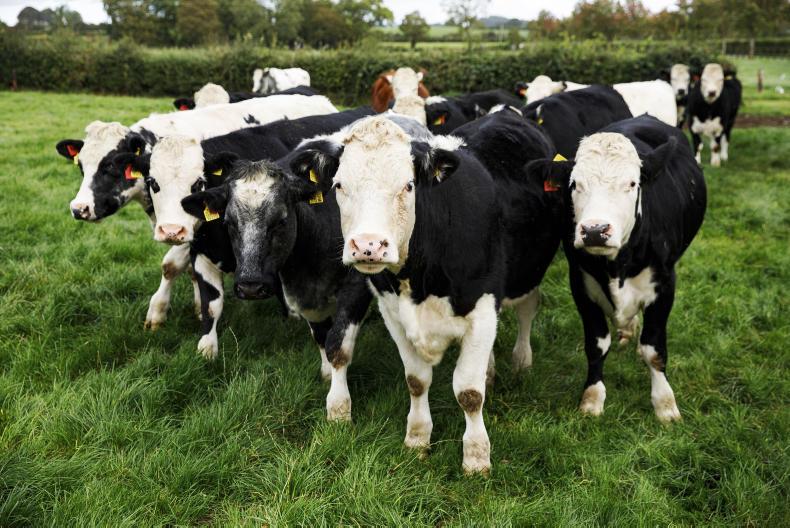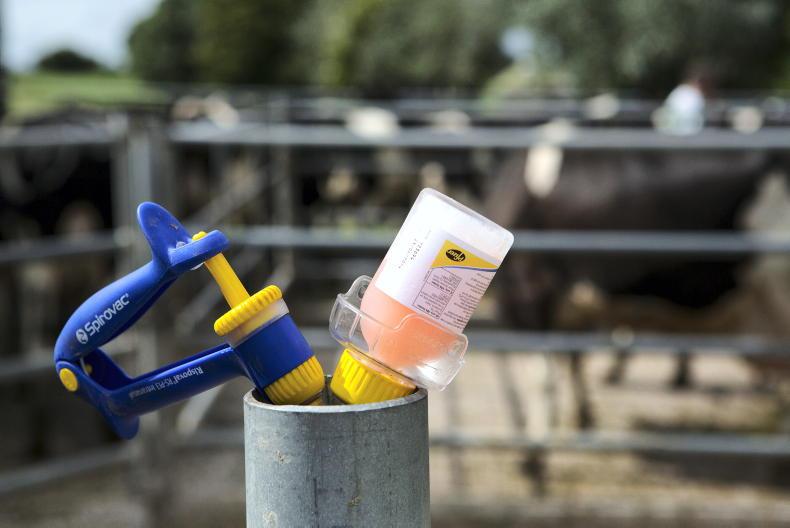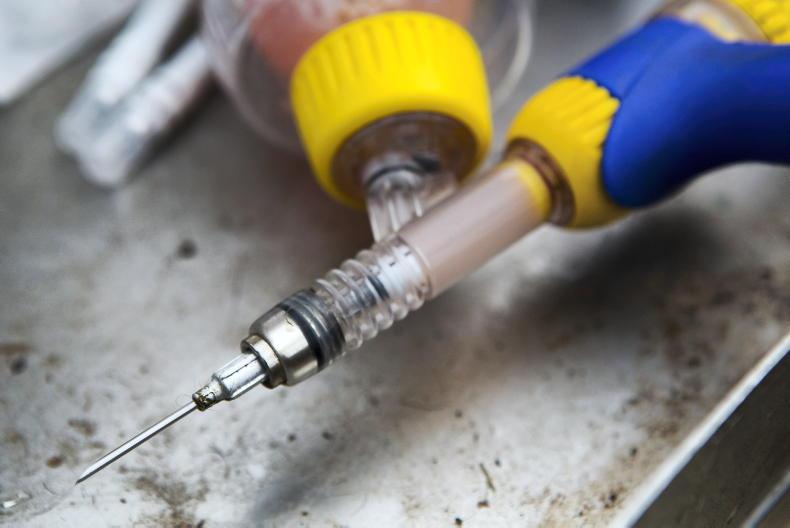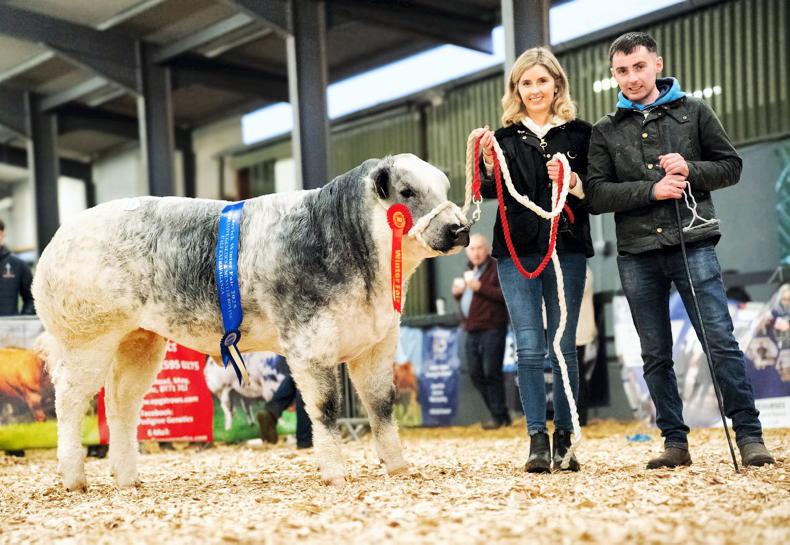Cutting costs
With beef price at €3.45-€3.55/kg, all beef enterprises will be under pressure to deliver a margin in 2019/2020. With a lot of uncertainty still existing around Brexit and where beef price will go for the next few months, it could be time to batten down the hatches. Politics and price is outside of your control, but what you can control is what happens inside your own gate. Make sure you are compliant with all schemes you are participating in to ensure you get maximum payment.
You also need to assess where costs can be cut around the farm. For a start, any big planned capital expenditure should be put on hold. Extra sheds, roadways, drainage works etc will add extra pressure to paying bills, so should be put on hold for a while. Offloading non-performing stock like cull cows could also free up some cash and reduce the number of cattle to feed over winter months. Keep machinery expenditure to a minimum, halting any new investments until there is more clarity around the future. Is short term rented land delivering a margin over its costs? Could you increase your stocking rate on your owned land and eliminate this cost? Finishing animals on high concentrate diets over the winter months can be costly. If animals are a long way off finishing, do the figures on storing them over winter, going to grass early and finishing in mid-summer 2020.
There are a number of areas it doesn’t make sense to skimp on. Animal health is one thing you have to keep on top of and not miss vaccinations etc. Soil fertility is another area that shouldn’t be let slip. Maintaining soil fertility is key to growing and utilising the maximum amount of grass you can, which in turn reduces your feed costs.
Dairy calf to beef
This week we go into detail about the first dairy calf-to-beef heifers slaughtered as part of the THRIVE project. At current beef prices, these heifers are going to lose money. Growth rates have been good, with the majority of liveweight gain coming from grass. The message is clear; regular drafting is key for these traditionally bred animals. The risk with going over fat with continental animals is far less. One of the 5- heifers ended up at a beef price of €3.19/kg, so it’s really important to handle and draft regularly to avoid penalties and losses. Don’t be caught on weight, as some of these animals will start to become finished at 460kg-480kg liveweight. Heifers are at a greater risk of going over fat than steers.
Steers on the project are currently getting 4kg of concentrates/day and a number of them will be finished over the next few weeks off grass.
Slurry deadlines
The last date for slurry is next Monday, 14 October in all zones. Ground conditions at the moment, especially in the north and west, are un-trafficable on many farms, so slurry spreading is prohibited. While there have been calls for an extension, it’s unlikely at this stage. The final date to apply for FYM is Thursday 31 October. See our environment column on page 57 for more details.









SHARING OPTIONS